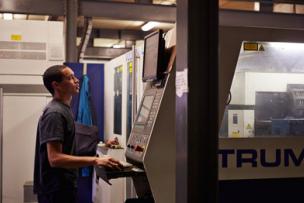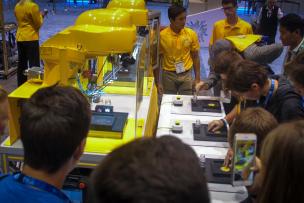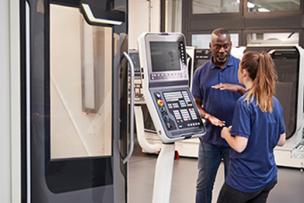Manufacturers are adapting their job descriptions and career development programs for workers who want options and clear paths to the next level.
Over the long term, manufacturing companies are repatriating back to the U.S. In the short term, an economic trade war has led to some uncertainty.
Did you get a raise in 2018? Are you satisfied with your job? How are women doing with pay equity in manufacturing? See where things are right now.
It’s time to take action on the labor you will need very soon. Start with MFG Day, and then take on apprentices.
Manufacturing businesses know that to close the skills gap, they must expose high school and college students to the industry’s emerging opportunities. Learn how businesses and schools are working to create new education paths and introduce students to potential metalworking jobs at events like the IMTS Smartforce Student Summit.
Internships, apprenticeships and onboarding programs are only a few ways that manufacturers can help attract and retain new workers.
Manufacturing culture needs a refresh to help resolve the labor shortage of machinists and other workers. Newer generations have a lot to offer—if you know how to embrace them correctly—and give them a real career path.
Ask a quality engineer how they were introduced to metrology or inspection, and they’ll often answer that it wasn’t during their coursework, but in the field.
An industry regarded as dirty, loud and dangerous must do more to attract young people with the skills needed for modern manufacturing, while companies should promote their technology in the 21st century as exciting, cutting-edge, clean, safe and fun, according to a panel of experts.
Companies and their partners can use registered apprenticeship programs to develop and retain a skilled labor force.









